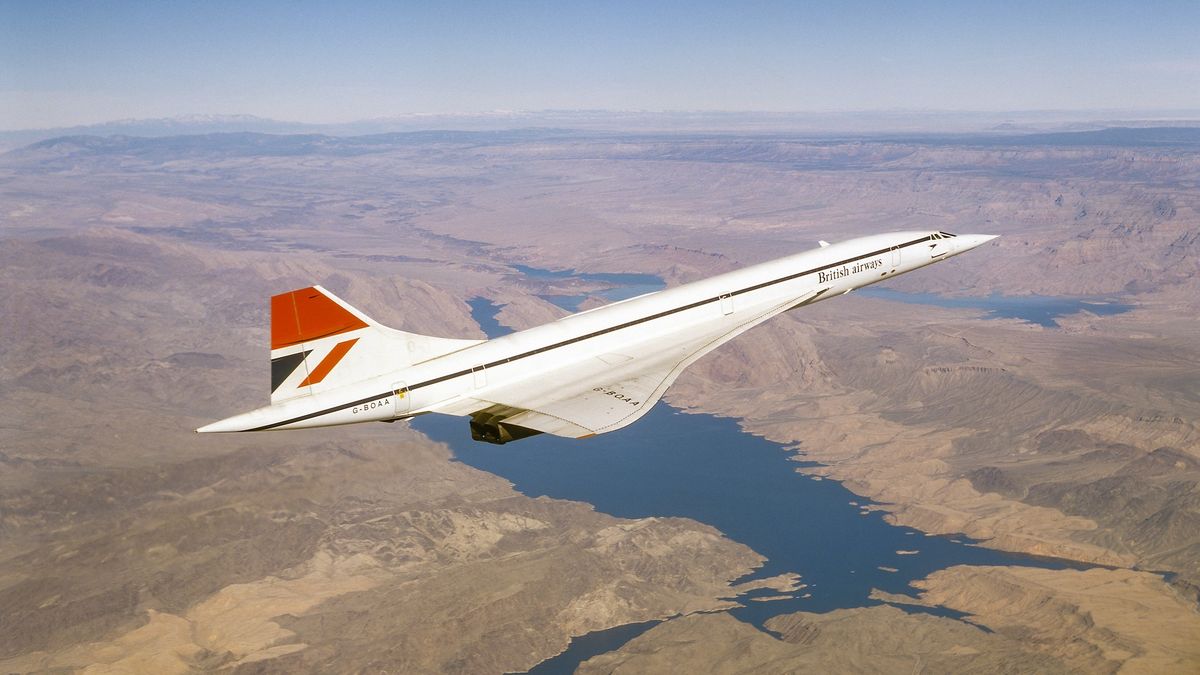Headline: The Concorde: Unveiling the Speed of Supersonic Travel
The Legacy of the Concorde: Speed Redefined
The Concorde, an iconic supersonic passenger jet, etched its name in aviation history by flying between New York City and London in a record-setting 2 hours, 52 minutes, and 59 seconds. Capable of achieving speeds exceeding twice the speed of sound, the Concorde remains a symbol of engineering prowess and high-speed travel. But what made this aircraft so exceptionally fast, and why did it ultimately fade into history?
A Glimpse into the Concorde’s Performance
Operated from 1976 until its retirement in 2003, the Concorde boasted impressive specifications. It achieved an average cruising speed of 1,350 mph (2,173 km/h), with a takeoff speed of 250 mph (402 km/h). For context, a Boeing 737-700, a common aircraft today, takes off at 173 mph (278 km/h) and cruises at 514 mph (828 km/h). The stark contrast in performance underscores the unique engineering challenges and innovations that defined the Concorde.
Tony Farina, an adjunct assistant professor of aviation engineering at Embry-Riddle Aeronautical University, explained the complexities of designing such a high-speed craft. “A wing designed for efficient performance supersonically is typically very poor at providing lift needed at slow speeds,” Farina noted. Balancing the need for lift during takeoff and landing with the demands of supersonic travel was a pivotal challenge for the Concorde’s engineers.
Innovative Wing Design to Overcome Drag
To mitigate drag—a major obstacle for fast aircraft—Concorde engineers employed a sleek delta wing design, which provided excellent high-speed characteristics and acceptable low-speed performance. Bob van der Linden, an aeronautics curator at the Smithsonian’s National Air and Space Museum, elaborated on this design choice: “The delta wing had very good high-speed characteristics, as well as very fine low-speed characteristics.”
This triangular wing profile helped to streamline airflow, reducing turbulence and enhancing performance. However, the shape also posed a unique issue for pilots; the Concorde had to land with its nose elevated, obscuring the view forward. To address this, engineers developed a mechanical solution: the "droop snoot," allowing the nose to angle down for better visibility during takeoff and landing.
Power and Efficiency: The Concorde’s Engine Dynamics
The power behind the Concorde’s remarkable speed came from four turbojet engines, each producing an astounding 18.7 tons of thrust. However, speed came at a high cost, consuming nearly 7,000 gallons (26,000 liters) of fuel per hour—significantly more than the Boeing 737-800’s consumption of 850 gallons (3,200 liters) per hour.
The Concorde used afterburners, a technology primarily found in military aircraft, to amplify thrust. “Afterburners are really used on fighter jets or very-high-speed bombers,” van der Linden explained. “They dump raw fuel into the exhaust flame, pushing the aircraft forward faster, but with a dramatically higher fuel consumption rate.”
Commercial Viability Challenges
Despite its technological brilliance and stunning performance, the Concorde’s operational costs proved problematic, ultimately leading to its commercial decline. High fuel consumption combined with other factors—most notably the tragic Air France Flight 4590 crash in 2000—hurt its reputation and viability in a changing aviation market.
“It is a gorgeous airplane,” van der Linden stated. “But to keep it that fast, you need a lot of power. Power means a lot of fuel, and a lot of fuel means a bigger price.” This economic reality, coupled with increasing environmental concerns, marked the end of the Concorde era.
The Path Forward: Supersonic Travel Today
Though the Concorde has been retired, the dream of supersonic travel continues. Innovators today are developing new aircraft, like the Boom Supersonic XB-1, utilizing advanced technologies that the Concorde’s designers could not access. With features such as augmented vision systems that replace the droop snoot, the future of commercial supersonic flight is on the horizon.
As we reflect on the Concorde, we not only appreciate the marvel of its design and performance but also look forward to the possibilities that new technology may soon bring. Will the next generation of supersonic aircraft achieve the same iconic status as the Concorde, or will they pave the way for an even faster future?
We invite you to share your thoughts on the Concorde’s legacy and the future of supersonic travel in the comments. What innovations do you hope to see in the skies ahead? Engage with us and let’s explore the journey of aviation together!
For more insights into aviation technology, consider visiting related articles on Shorty-News or checking out authoritative sources like TechCrunch or Wired.
